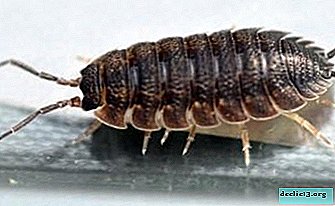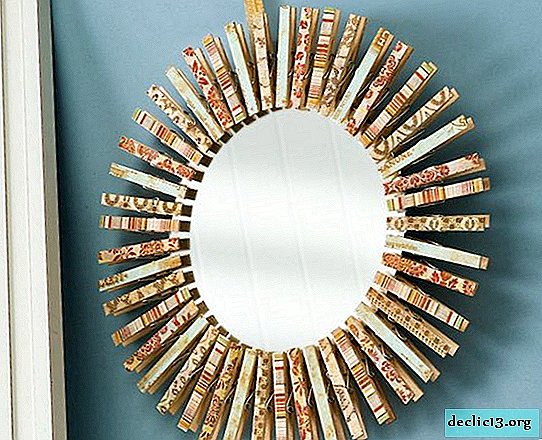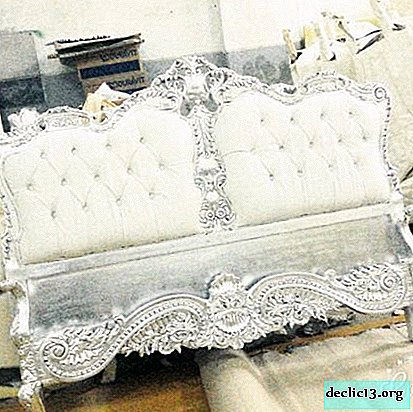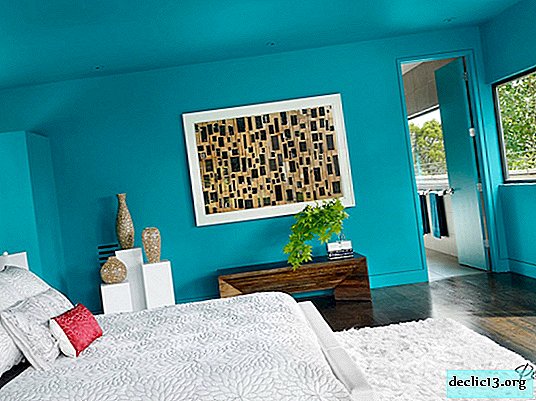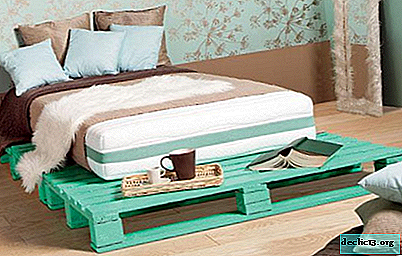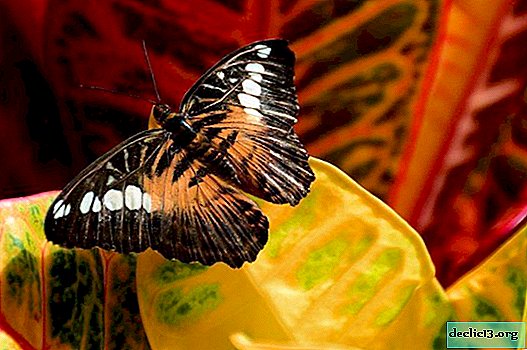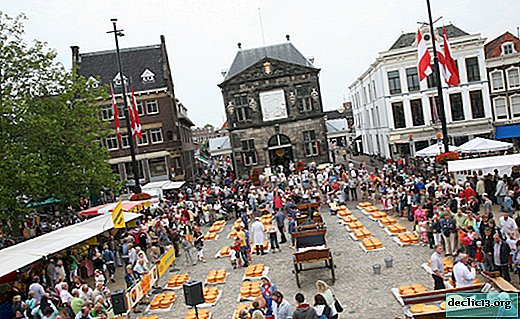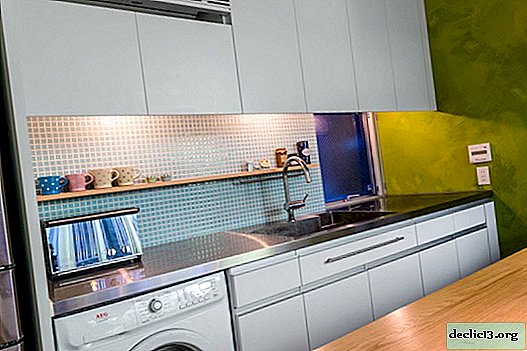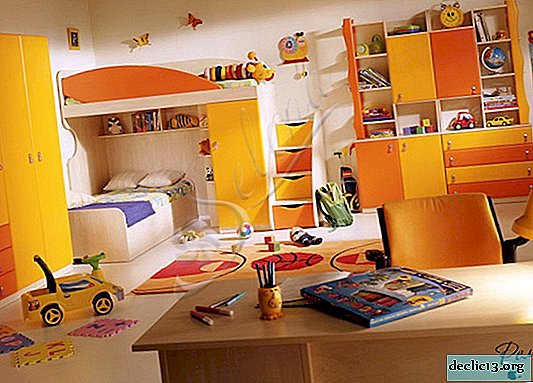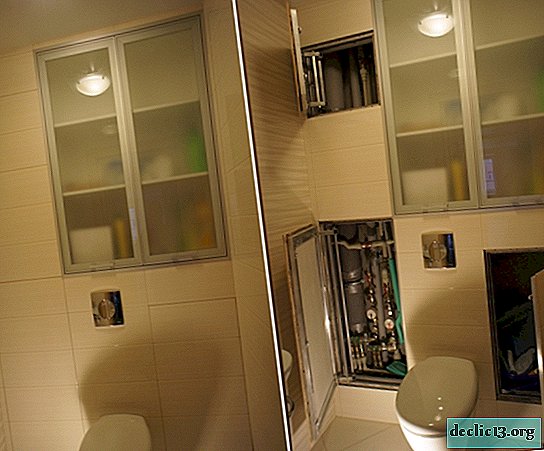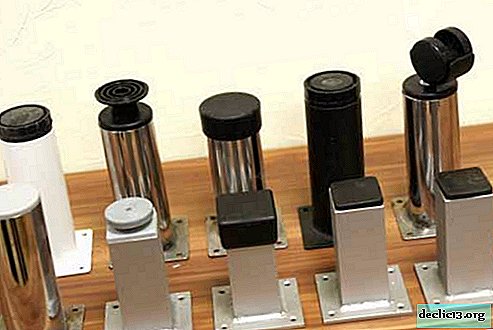Vienna Museum of Art History - Heritage of Ages
The Kunsthistorisches Museum or the Museum of the History of Art (Vienna) occupies a prominent place in the square of Maria Theresa and is the most important component of the architectural ensemble Maria Theresien-Platz. The museum began its work in 1891, and the decree on its creation was issued by Emperor Franz Joseph I in 1858. Now the institution is at the disposal of the Austrian Ministry of Culture.
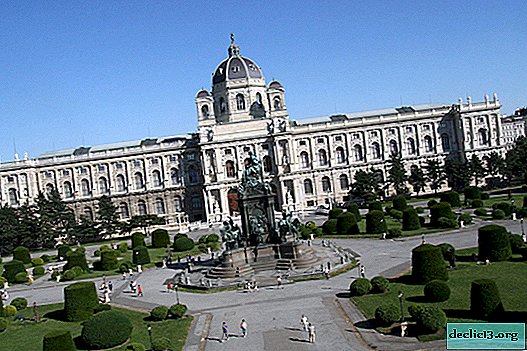
The Habsburg collection was used as the "foundation" for this museum in Vienna: from the 15th century, the Imperial House of Austria kept unique pieces of art. Many works of art were taken from the Ambras castle - there was a selection of rare copies belonging to Ferdinand II.
A worthy place among the exhibits of the famous Viennese museum was taken by the most striking objects from the Kunstkamera and the art gallery, which were opened in Prague Castle by Rudolf II. Most of the creations of Dürer and Brueghel the Elder, now available for inspection, were collected by Rudolph II.
Historians believe that the "father" of the Vienna Museum of Art is Archduke Leopold Wilhelm. For 10 years, while the Archduke served as governor of the Southern Netherlands, he bought many paintings. These canvases made it possible to equip the most populated gallery at the moment in Europe.

Now the Museum of Art in Vienna has an extensive selection of art exhibits, archaeological sites, objects of ancient times, paintings, rarities of numismatics.
Important information! To make it easier to navigate in a spacious building with a large number of halls, you can take a map plan at the entrance.
Art Gallery
The real gem of the Vienna Museum of Art is recognized as an art gallery, which presents paintings of the XV-XVII centuries. Here you can see many famous masterpieces of such authors as Dürer, Rubens, Titian, Rembrandt, Holbein, Rafael, Cranach, Caravaggio.

Interesting fact! The gallery houses the largest of all known collections by Peter Brueghel the Elder. It focuses the work of the "golden period" of the artist, including the world famous cycle "Seasons".
All gallery exhibits are divided into the following main areas:
- Flemish painting attracts, first of all, the paintings of Peter Rubens with his pompous beauties. Here are the famous works of Jacob Jordaens, van Dyck.
- The Dutch section is shown by few, but very bright masterpieces of pictorial art. These are allegorical works of Jan V. Delftsky, paintings by Rembrant van Rijn, G. Terborch.
- The most extensive is a selection of paintings by German artists. The Renaissance era is represented by the masterpieces of many masters of the brush, including Albrecht Dürer, Cranach the Elder, G. Holbein. Here is the image "Adoration of All Saints of the Trinity", written by Dürer.
- An impressive collection of paintings by Italian authors, among which are the stunning paintings of "Madonna in the Green" by Raphael, "Lucretia" Veronese.
- The Spanish section of the gallery of paintings in Vienna will delight in portraits of the dynasty of the kings of the brush Velazquez.
- The paintings of England and France are represented rather poorly.
Collection of Ancient Egypt and the Middle East
A large number of visitors are attracted by the hall in which exhibits of Ancient Egypt are exhibited. The interior of the hall is designed for the collection presented in it: large columns look like rolls of papyrus, the walls are decorated with decorations and showcases in the Egyptian style.

Need to know! The Egyptian collection of the Museum of Art contains 17,000 exhibits, whose geographical origin ranges from Egypt, the eastern Mediterranean and Mesopotamia to the Arabian Peninsula.
The collection has 4 main areas: the funeral cult, sculpture, cultural history, relief and the development of writing. Among the most interesting exhibits, one can name the cult chamber of Ka-Ni-Nisuta, which once stood next to the Giza pyramids, animal mummies, samples of the Book of the Dead, valuable papyruses, as well as masterpiece sculptures: the lion from Ishtar Gate in Babylon, the head of the reserve from Giza and others.

Advice from experienced tourists! If you come to the museum at 10:00 (at the opening) and immediately go to the halls of Ancient Egypt, then before the arrival of the bulk of visitors, you can view all the exhibits in silence and tranquility.
Antique art collection
The collection of ancient art, which includes more than 2,500 objects, covers a period of more than 3,000 years. The unique expositions brought to the attention of visitors allow you to learn a lot about the life of the ancient Greeks and Romans.

One of the most colorful exhibits of the era of the Great Migration can be considered a selection of Ptolemy's onyx cameos. No less interesting are the jewelry creations of those times, especially cameos, including the famous Gemma Augusta. Numerous sculptural portraits are also noteworthy, for example, a historical statue of a man from Cyprus. Another interesting selection is antique Greek vases with such masterpieces as the Brigos Cup. Among other exhibits - the Amazonian sarcophagus, a bronze tablet with an inscription in Latin "Senatus consultum de Bacchanalibus" that has gone down in history.Find out RATES or book any accommodation using this form
Kunstkamera
Kunstkammer is recognized as unique in its kind - its collection is the most extensive and interesting of all similar in the world.

Since 2013, this museum in the museum has been open to visitors - what has been preserved since the time of the Habsburgs was supplemented by 20 newly created galleries, thanks to which the exhibition area increased to 2,700 m².
Fascinating stories for guests of the Vienna Kunstkamera will tell 2,200 exhibits: jewelry, vases made of precious stones, outstanding sculptures, bronze figurines, valuable watches, elegant and chimeric ivory products, amazing scientific devices and much more.
Interesting to know! Among the huge amount of jewelry there is a famous creation of jewelry art - Benvenuto Cellini, salt-pepper shaker "Salier", made of pure gold and partially enameled. During restoration work, she was abducted by a museum employee, and then miraculously found in the forest of Vienna.
Numismatic collection
Thanks to a selection of 600,000 items, the numismatics cabinet is among the five largest numismatic collections in the world.

In the first room you can get acquainted with the history of the development of medals and other insignia, from the moment they appeared in Italy to the 20th century. Austrian and European orders are also exhibited here.
The second room displays the history of coins and paper money, from pre-monetary forms of payment and samples that came into use in the 7th century, to 20th-century money.
In the third hall, specialized exhibitions are regularly held with a demonstration of a variety of rarities.
Practical information
Address and how to get
The Museum of Art History is located in Vienna at 1010 Maria-Theresien-Platz.
You can get here in different ways:
- by metro - line U3, go to Volkstheater station;
- by buses No. 2A, 57A to the Burgring stop;
- Tram D to the Burgring stop.

The museum operates on such a schedule:
- Monday is a day off;
- Thursday - from 10:00 to 21:00;
- other days of the week - from 10:00 to 18:00.
Important! In June, July and August, as well as in the period from 10/15/2019 to 01/19/2020, Monday is a working day!
Entrance to the museum is possible 30 minutes before closing time.
Any changes in the work schedule that occur due to holidays or for other reasons are displayed on the official website www.khm.at/en/posetiteljam/.
Ticket priceAll of the prices below are for adults, since children and adolescents under 19 years old have free admission.

- A simple ticket is 16 €.
- Admission with a discount with Vienna Card - 15 €.
- Audioguide - 5 €, and with an annual ticket - 2.5 €.
- Excursion 4 €.
- Annual ticket - 44 €, for visitors aged 19 to 25 years - 25 €. Such a ticket allows you to visit the following museums in Vienna: Theater, Imperial carriages and art history, as well as the Habsburg Treasury. Visits can be planned independently, different sights - on different days.
- Habsburg Treasures combined ticket - 22 €. With him in Vienna you can visit the Museum of Art History, the Kunstkamera, the Habsburg Treasury and the New Castle. Tickets remain relevant throughout the year, but only for 1 visit to each attraction. The day of visit can be chosen independently, and it can even be different days for each museum.
- Entrance to the KUNSTSCHATZI cocktail bar - 16 €. Since 2016, the domed hall has regularly been transformed into a cocktail bar with music, drinks, and excursions. Information on the dates of parties is on the official website of the museum and on the page on Facebook.
 KUNSTSCHATZI
KUNSTSCHATZIPrices and schedule on the page are for February 2019.
Compare accommodation prices using this form
Some more useful tips
- The Museum of Art History is huge! Those who often visit Vienna should buy an annual ticket for repeated visits. If this is not possible, you need to take the whole day to get acquainted with the history of art.
- Immediately after the opening of the museum, large queues line up for the wardrobe (free). It is most convenient to come to the opening and take a luggage room (locker), where you can leave clothes and bags. But since in the foyer, where it is very cold, the queues are also for audio guides, that is, it makes sense to first take an audio guide, and only then leave the outer clothing in the already occupied storage room.
- The audio guide in Russian is very poorly compiled, only the main points are covered. Therefore, it is better to take an audio guide in English or German, or prepare in advance for a visit to the museum: find out the history of the museum itself, the history of the creation of paintings.

The Museum of Art History in Vienna boasts a very atmospheric cafe where you can enjoy coffee and a good meal. At the entrance to the cafe you need to wait for the manager, who seats visitors at free tables.




